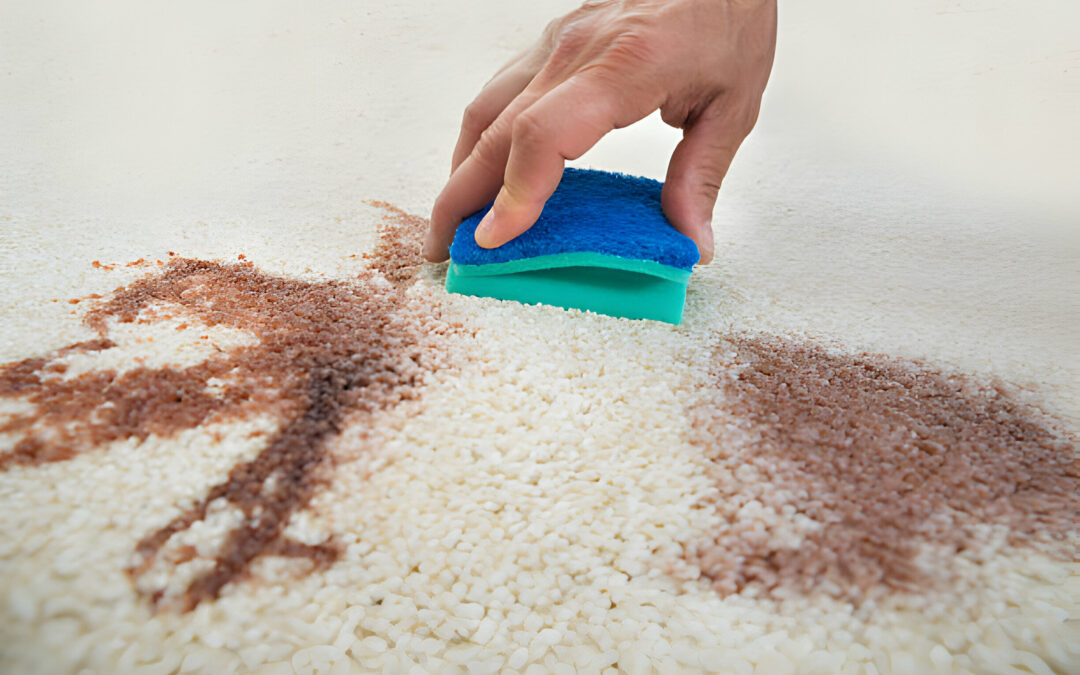Mold is a common household issue that can cause significant damage and health problems if not addressed promptly. Understanding how to effectively handle this issue is crucial, especially when it comes to carpets. Carpets can easily harbor mold due to trapped moisture, providing an ideal environment for mold growth. Fortunately, removing mold from carpet is achievable with the right knowledge and tools.

Understanding Mold Growth on Carpets
Mold thrives in damp, dark environments, and carpets are no exception. It can quickly spread if not dealt with, potentially leading to respiratory issues and other health problems. Recognizing the early signs of mold growth can help you tackle the problem before it escalates.
Signs of Mold in Carpets
The first step in removing mold is detection. Look for discoloration, a musty smell, or dampness in areas that shouldnt be wet. These are common indicators that mold may be present.
Preparing to Remove Mold from Carpet
Before beginning the removal process, gather the necessary supplies. Youll need protective gear including gloves, a mask, and goggles to protect yourself from spores. Ensure the area is well-ventilated to minimize inhalation risks.
Essential Tools and Materials
Youll need a vacuum with a HEPA filter, a scrub brush, cleaning solutions like vinegar or baking soda, and a dehumidifier. These tools are essential for effectively removing mold from carpet.
Step-by-Step Mold Removal Process
Once prepared, follow these steps to safely and effectively remove mold from your carpet.
Step 1: Vacuum the Affected Area
Use a vacuum with a HEPA filter to remove loose spores. This helps prevent the spread of mold during cleaning.
Step 2: Apply Cleaning Solution
Mix vinegar or a commercial mold cleaner with water. Apply the solution to the affected area and allow it to sit for a few minutes to kill the mold.
Step 3: Scrub and Rinse
Use a scrub brush to work the solution into the carpet fibers. Rinse with clean water and blot with a clean towel to remove excess moisture.
Step 4: Dry the Carpet
Use a dehumidifier or fans to dry the carpet thoroughly. Ensuring the carpet is dry is crucial to prevent mold from returning.
Preventing Future Mold Growth
After successfully removing mold from carpet, its important to take steps to prevent future growth. Regular maintenance and monitoring can help keep your carpets mold-free.
Keep Carpets Dry
Promptly address spills and leaks. Use a dehumidifier in humid areas to reduce moisture levels.
Regular Cleaning and Maintenance
Vacuum regularly and consider professional cleaning services to keep carpets in optimal condition. More tips on maintaining carpets can be found here.
When to Call a Professional
If mold persists despite your efforts, or if the affected area is extensive, it may be time to call a professional. They have the expertise and equipment to handle severe mold issues effectively.
Professional Mold Remediation Services
Professionals offer services that ensure complete removal and prevention of future mold growth. They can also assess any underlying issues contributing to moisture buildup.

Frequently Asked Questions
Can I use bleach to remove mold from carpet?
Bleach can kill surface mold but may not penetrate deep into carpet fibers. Its usually not recommended for carpets due to potential discoloration and damage.
Is it necessary to replace a mold-infested carpet?
Replacement may be necessary if mold has penetrated deeply or if the carpet has been extensively damaged. In such cases, removing the carpet can prevent further health risks.
How can I prevent mold from returning?
Maintaining low humidity and ensuring carpets are dry and clean can prevent mold. Regular inspections and prompt response to moisture issues are also crucial.
For more information on cleaning and maintaining carpets, explore these useful tips.
This article contains affiliate links. We may earn a commission at no extra cost to you.


